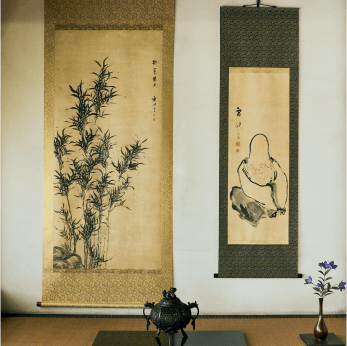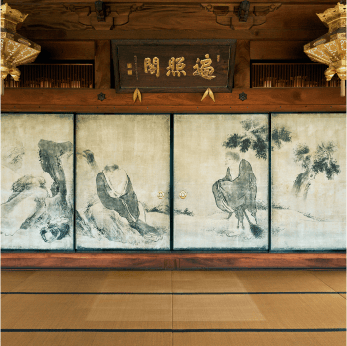About 1300 years after its foundation, Myohoji Temple of the Tendai sect is located is located in the Marugame castle town a prayer temple for the Marugame feudal lord Kyogoku clan.
The temple is dedicated to Kongokai Dainichi Nyorai (Mahavairocana-tathagata of the Diamond Realm). Daikokuten image, believed as the work of St. Saicho, The image of Ganzan Daishi Gomason is believed to guard us against evil spirits and misfortune.
Yosa Buson, a haiku poet and painter, stayed several times in Myohoji and composed haiku and drew pictures. This is therefore why Myohoji’s other name is called “Buson’s temple”.



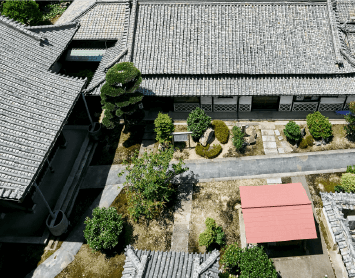

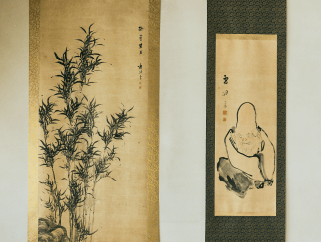

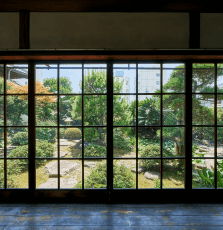



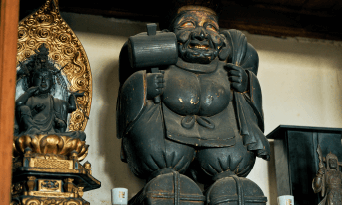


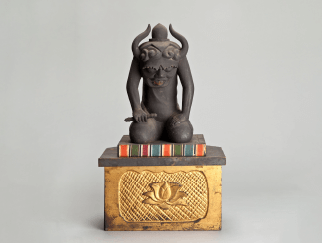
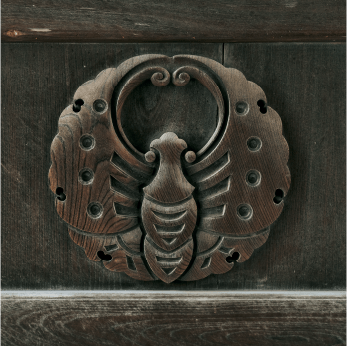
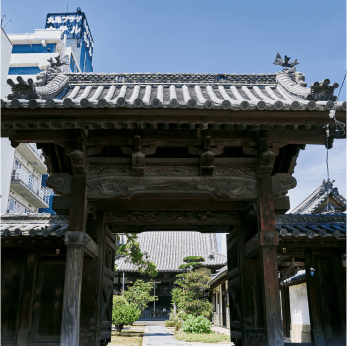
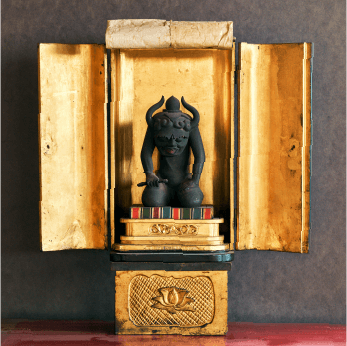
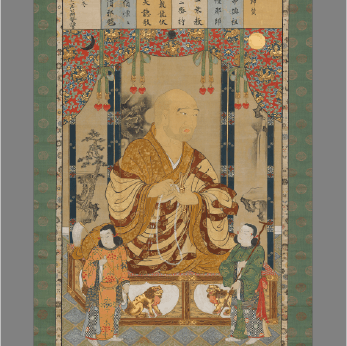
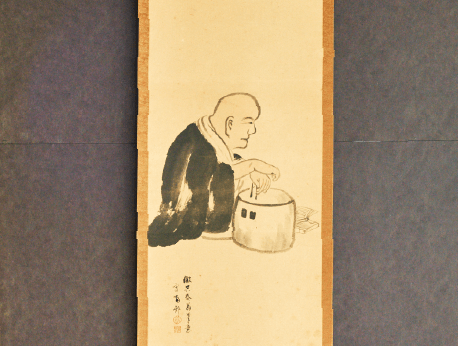
 Sotetsu zu
Sotetsu zu